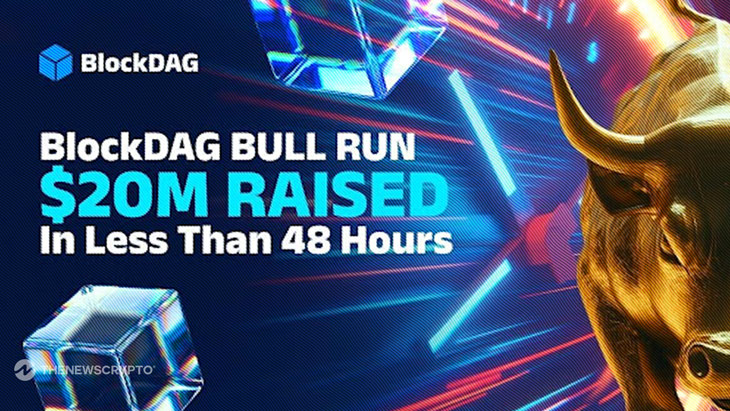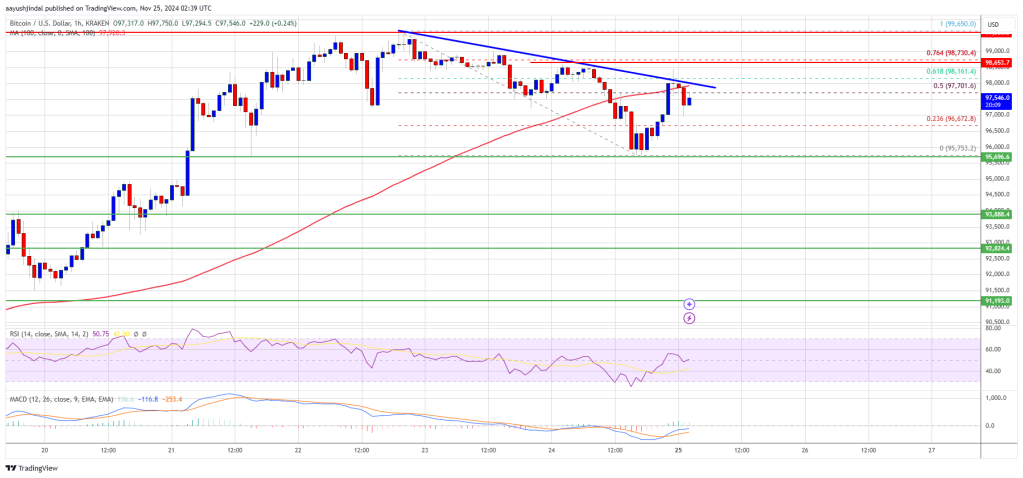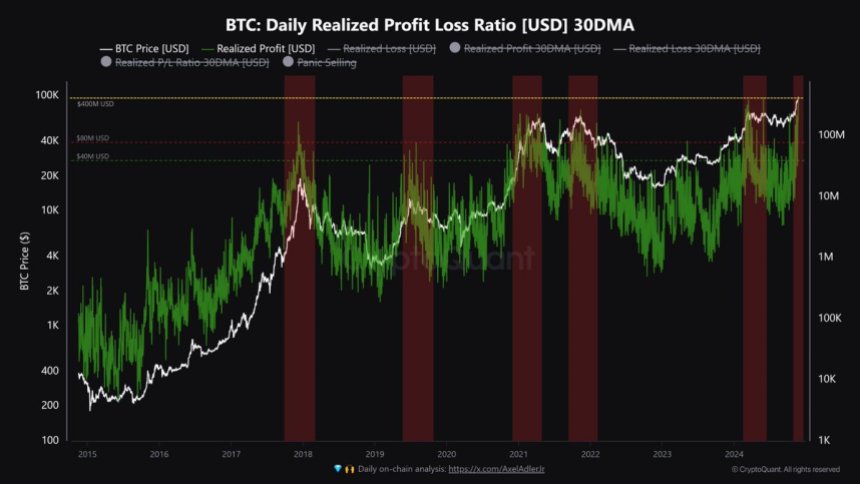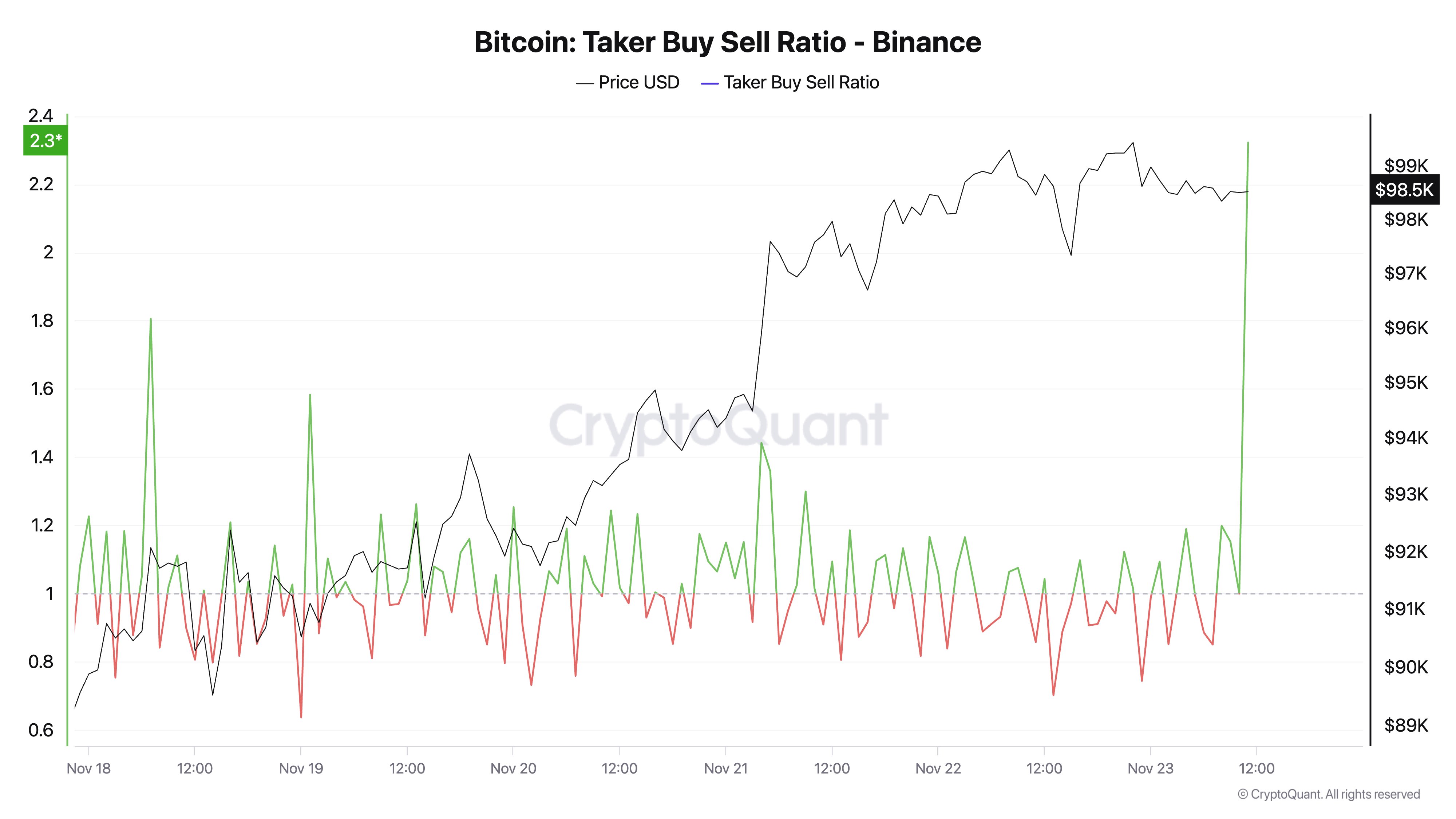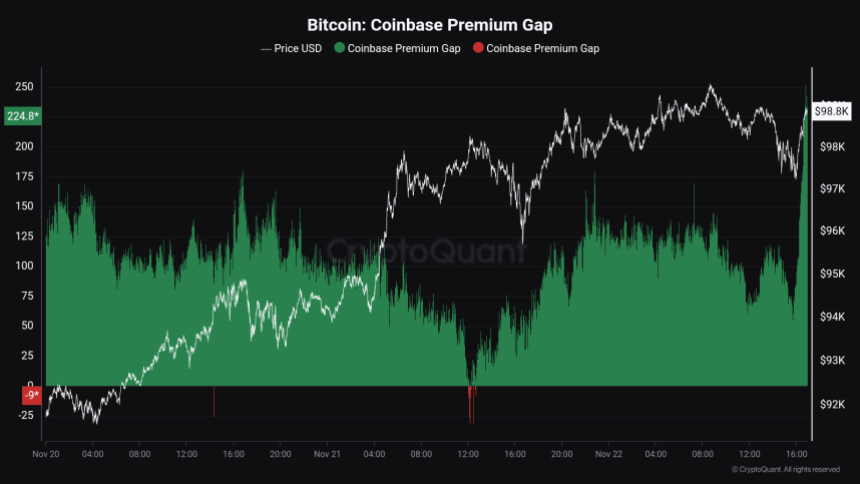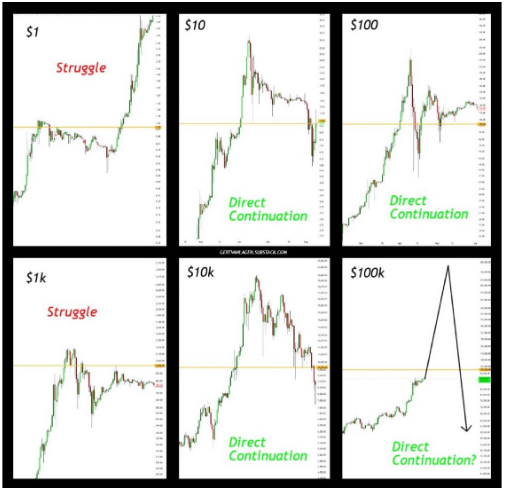Luminex, a Bitcoin Ordinals launchpad, has proposed a new standard called BRC-69, which will allegedly optimize the costs of inscribing on this network.
This proposal comes barely a month after Bitcoin Ordinals’ developers introduced recursive inscriptions to address the block size limit of 4 MB. Unlike normal Ordinals inscriptions, recursive inscriptions can reference each others’ content through a special syntax.
On Monday, June 3, Luminex introduced BRC-69, a new standard that will facilitate the creation of Recursive Ordinals collections. According to the launchpad, this BRC standard will help reduce inscription fees by 90%.
In March 2023, the Ordinals protocol was updated to enable the minting of BRC-20 tokens, which have seen a significant level of adoption so far. According to data from Coingecko, there are currently 35,528 BRC-20 tokens in circulation, with a market cap of more than $249 million.
The increasing number of BRC-20 inscriptions has led to a scarcity of block space on the Bitcoin network. Consequently, BTC transaction fees have increased as there are more pending transactions.
A quarterly report by IntoTheBlock revealed that the Bitcoin network fees surged by more than 300% in 2023 Q2. The BRC-20 standard – and the creation of new tokens – were reported to be one of the major driving forces of the increased on-chain fees.
To ease this pressure on the network, Luminex has developed the BRC-69 standard, which it claims to be a “revolutionary standard”. It will help reduce the cost of inscriptions while helping to optimize the Bitcoin block space as the number of inscriptions rises, according to the launchpad.
The BRC-69 standard reduces inscription fees in a four-step process of “inscribe traits”, “deploy collection”, “compile collection”, and “mint assets”, Luminex claims. This means that minters only need to inscribe a single line of text instead of a full image.
This text will serve as a reference, enabling the final image to be automatically rendered across Ordinals frontends, only using on-chain resources. “The end result? A flawlessly rendered image. Unlike other SVG recursive collections, these images can be dragged, dropped, and saved as typical image type Ordinals,” Luminex said.

In addition to cost efficiency, Luminex’s proposal claims that the BRC-69 standard offers high flexibility and paves the way for other on-chain features. Some of these features include pre-reveal collection launching and on-chain reveals.
It is worth mentioning that the Bitcoin Ordinals are still controversial in the cryptocurrency industry, as a large percentage of the Bitcoin community is opposed to the protocol. Many argue that this technology negatively impacts the efficiency and security of the Bitcoin network.
This proposal comes barely a month after Bitcoin Ordinals’ developers introduced recursive inscriptions to address the block size limit of 4 MB. Unlike normal Ordinals inscriptions, recursive inscriptions can reference each others’ content through a special syntax.
BRC-69 Standard Can Reduce Inscription Fees By 90%: Luminex
On Monday, June 3, Luminex introduced BRC-69, a new standard that will facilitate the creation of Recursive Ordinals collections. According to the launchpad, this BRC standard will help reduce inscription fees by 90%.
In March 2023, the Ordinals protocol was updated to enable the minting of BRC-20 tokens, which have seen a significant level of adoption so far. According to data from Coingecko, there are currently 35,528 BRC-20 tokens in circulation, with a market cap of more than $249 million.
The increasing number of BRC-20 inscriptions has led to a scarcity of block space on the Bitcoin network. Consequently, BTC transaction fees have increased as there are more pending transactions.
A quarterly report by IntoTheBlock revealed that the Bitcoin network fees surged by more than 300% in 2023 Q2. The BRC-20 standard – and the creation of new tokens – were reported to be one of the major driving forces of the increased on-chain fees.
To ease this pressure on the network, Luminex has developed the BRC-69 standard, which it claims to be a “revolutionary standard”. It will help reduce the cost of inscriptions while helping to optimize the Bitcoin block space as the number of inscriptions rises, according to the launchpad.
BRC-69 Standard To Cut Inscription Fees In 4 Steps
The BRC-69 standard reduces inscription fees in a four-step process of “inscribe traits”, “deploy collection”, “compile collection”, and “mint assets”, Luminex claims. This means that minters only need to inscribe a single line of text instead of a full image.
This text will serve as a reference, enabling the final image to be automatically rendered across Ordinals frontends, only using on-chain resources. “The end result? A flawlessly rendered image. Unlike other SVG recursive collections, these images can be dragged, dropped, and saved as typical image type Ordinals,” Luminex said.
In addition to cost efficiency, Luminex’s proposal claims that the BRC-69 standard offers high flexibility and paves the way for other on-chain features. Some of these features include pre-reveal collection launching and on-chain reveals.
It is worth mentioning that the Bitcoin Ordinals are still controversial in the cryptocurrency industry, as a large percentage of the Bitcoin community is opposed to the protocol. Many argue that this technology negatively impacts the efficiency and security of the Bitcoin network.

